I previously wrote a blog for my first gasque, but one question new students always seem to have when they reach Uppsala is “What is a Kavaj dress-code?”. As gasques and dress-codes are such a large part of Uppsala’s traditions and culture, here’s a short guide for what to wear.
You may have already seen these 4 in a facebook event or invitation you received for a gasque:
- Udda kavaj
- Kavaj
- Frack
- Themed dress
These are the 4 most common dress-codes. Although not usually that strict, people often stick to and are quite meticulous about their dress. Let me run through a guide and a couple of dos and don’ts in your guide to gasque-wear.
The KLÄDKODER or DRESS CODE guide:
Udda kavaj : Smart Casual.
This applies to gasques or dinners that are nice, but not too nice. Generally, for an unofficial dinner or lunch, not too much pressure is on the guests to dress in a suit or full-length dress. They can wear a non-matching suit if they wish with, for example, a dark jacket and light trousers. Dresses shouldn’t be too short, but they can go above the knee.
- Semi-smart
- Mid to long dress
- Suit – doesn’t have to match
Kavaj: Smart / Jacket.
This is the most common dress code in Uppsala. For most dinners more formal dinners, kavaj (pronounced kav-ai) is desirable. Traditionally it would have meant at least a knee length dress or dark suit in the same material, these days there’s less pressure to wear a dark suit, but it should still be smart. Equally, there is also less focus on the length of the dress, but most people will wear a dress down to above the knee.
- Dark suit with the same material
- Mid-length dress
Frack / Högtidsdräkt : Evening dress / white tie.
The most official dress code usually implored at balls, jubilee events or very official dinners.
Dresses should reach the floor and should not be strapless (although again, not necessarily a must). If you wear a suit, the formal dark suit is worn and this can include cufflinks and tailcoats. The coloured nation / academic discipline bands are usually allowed at these events and if the dress-code says m.a.o that means medals can be worn as well.
- a.o – medals
- Ballgown (not strapless)
- Coloured bands and pins
Themed dress code
This is fairly self-explanatory. If there’s a theme (Harry Potter, Disney, Halloween etc.) you dress to match the theme – easy!
Do’s and Don’ts
DO’S
- Wear pins to all gasques
- Wear black shoes
DON’T’S
- Ever wear jeans as pants or jacket
- Wear boots
- Wear brown shoes
- Wear sneakers unless you’re a famous rap artist or comedian
In my first month, someone told me that you should always aim to dress a little smarter than the dress code specified to ensure you don’t dress incorrectly. Another tip from a fellow nation member was to look back at pictures from previous events and always pay attention to the inspectors as they’ve been around a long time! I found this sage advice whenever I was in doubt about what to wear. And, if you wear dresses, buying to the knee is always a safe option!
Some further words you may see:
Kostym: Suit
Mörk kostym: Dark suit
Smoking: Smart/Casual suit
Good luck and happy gasque-ing!

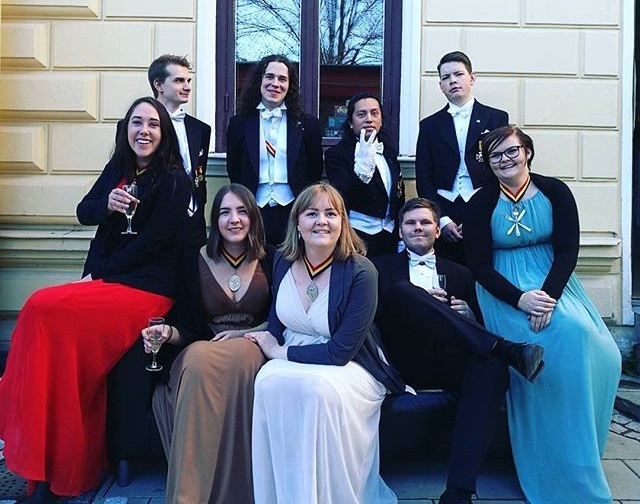
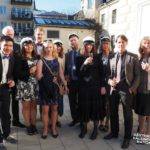
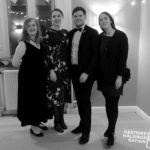
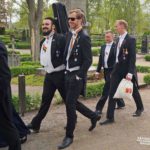
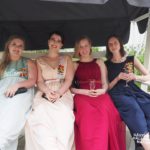


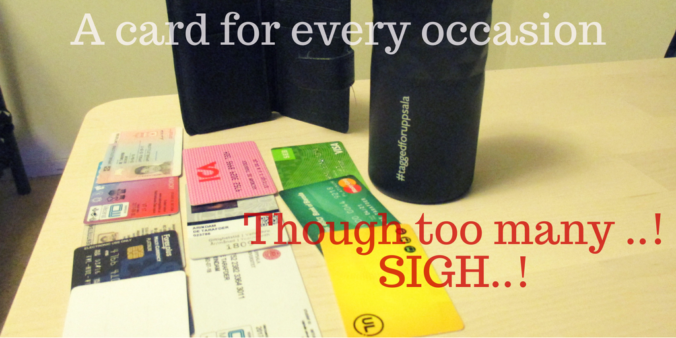
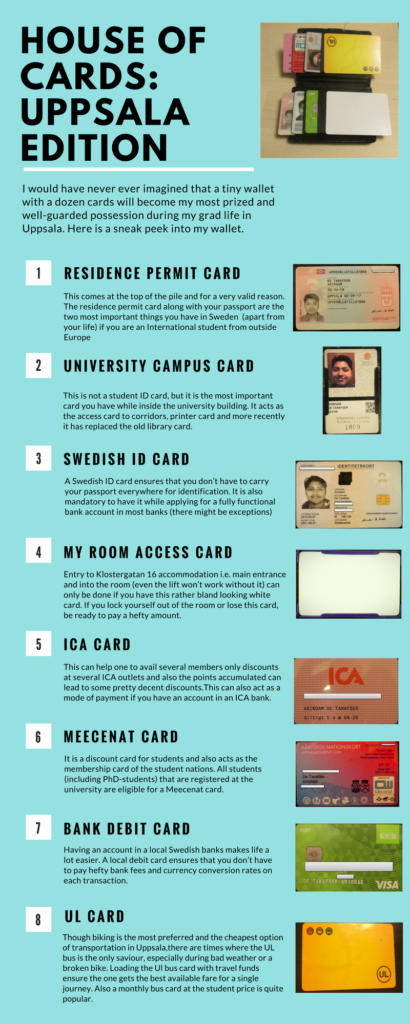
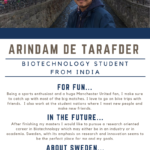
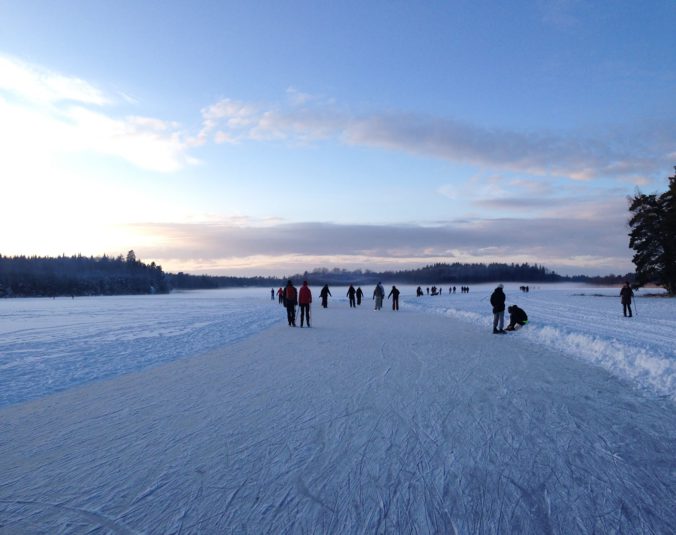

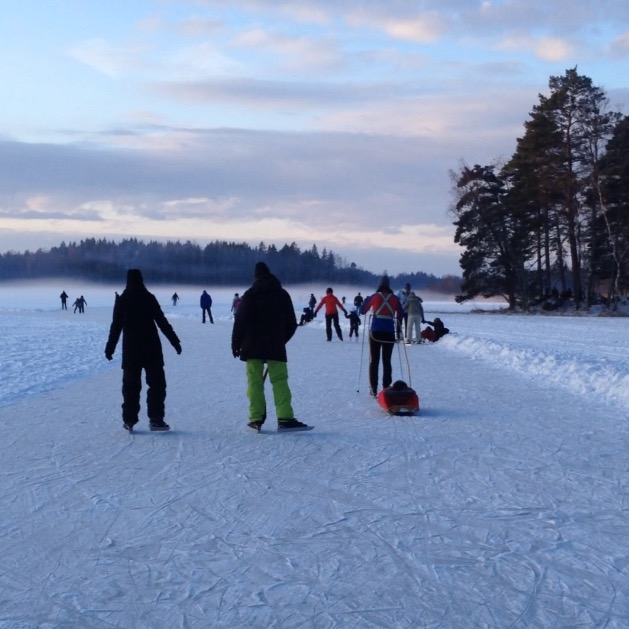
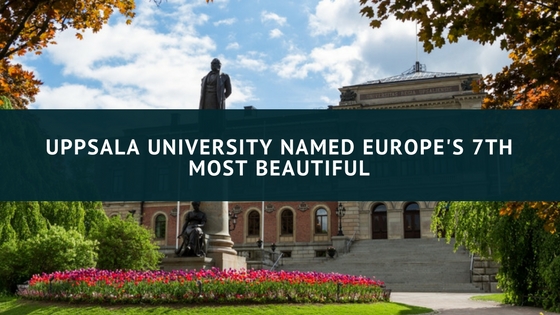
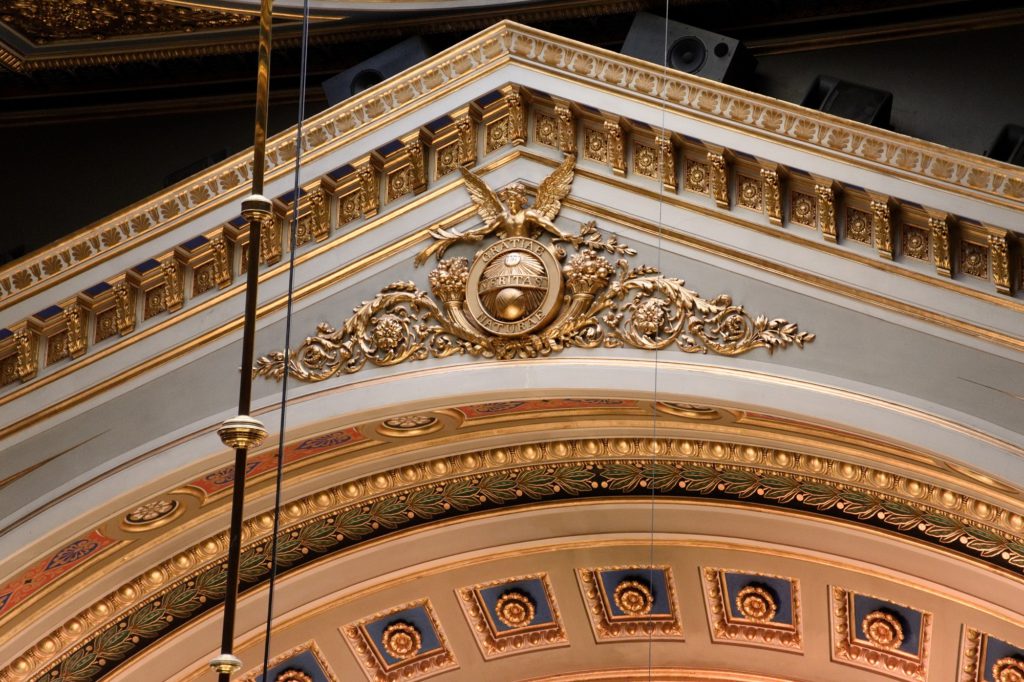

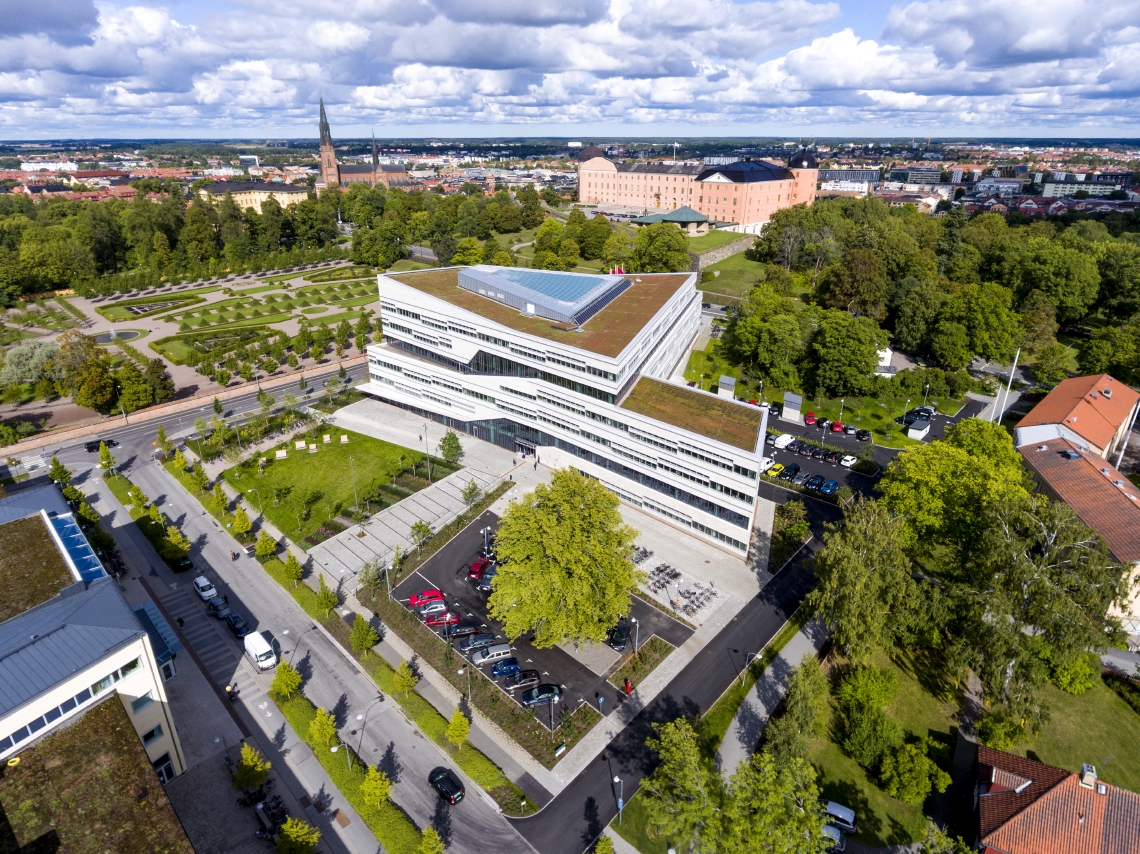
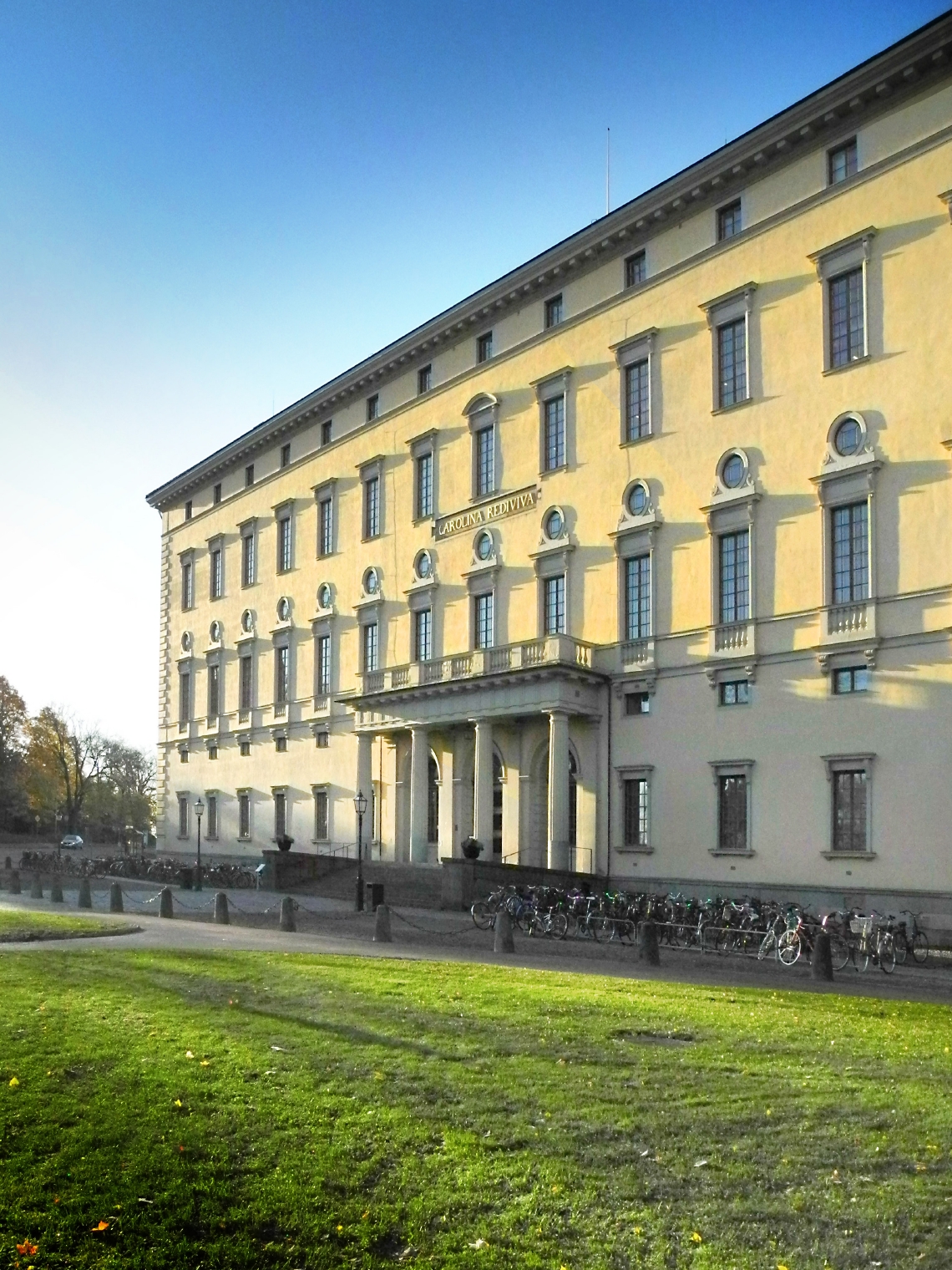
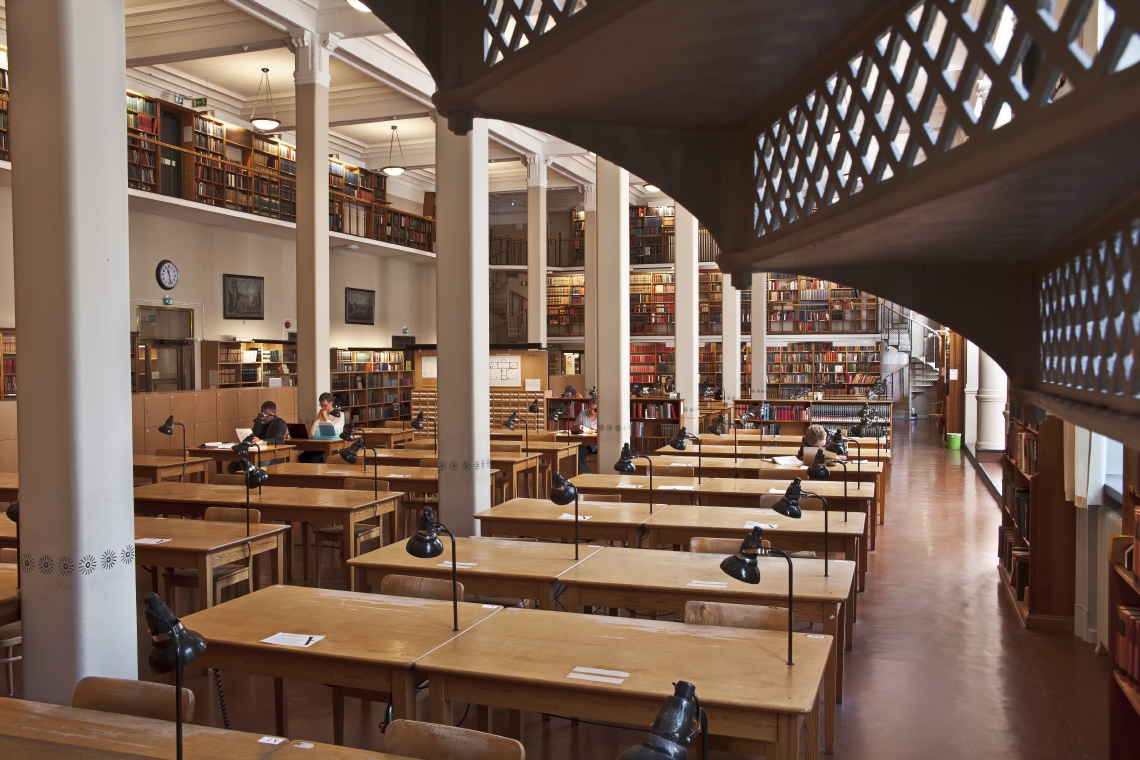
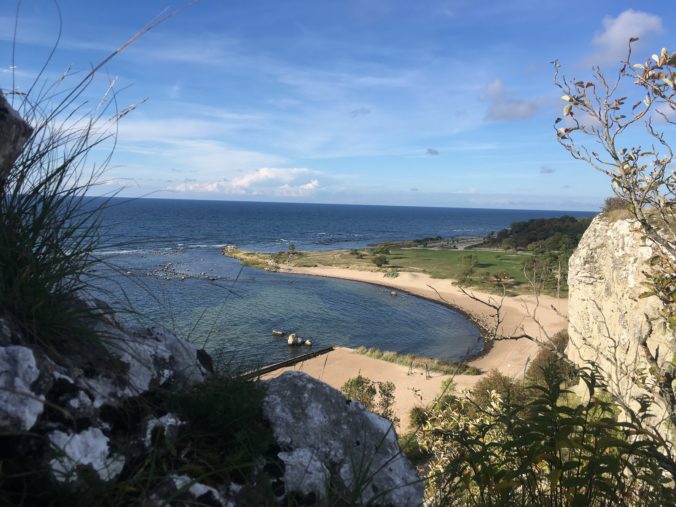
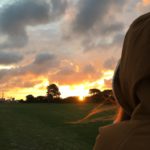
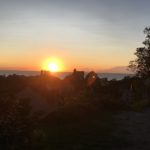


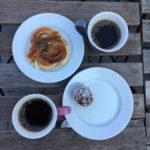
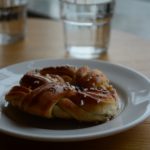
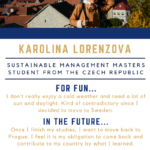
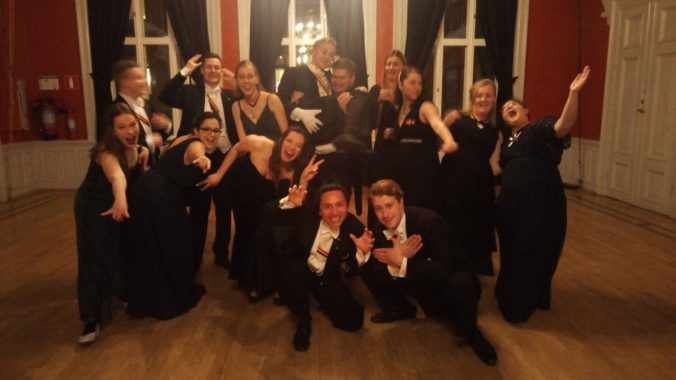


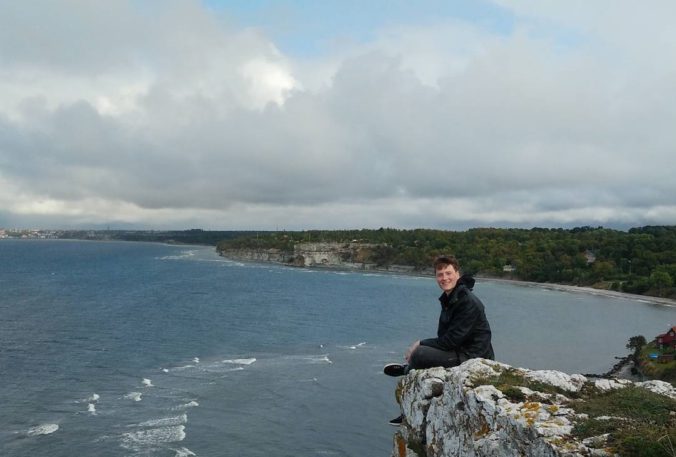

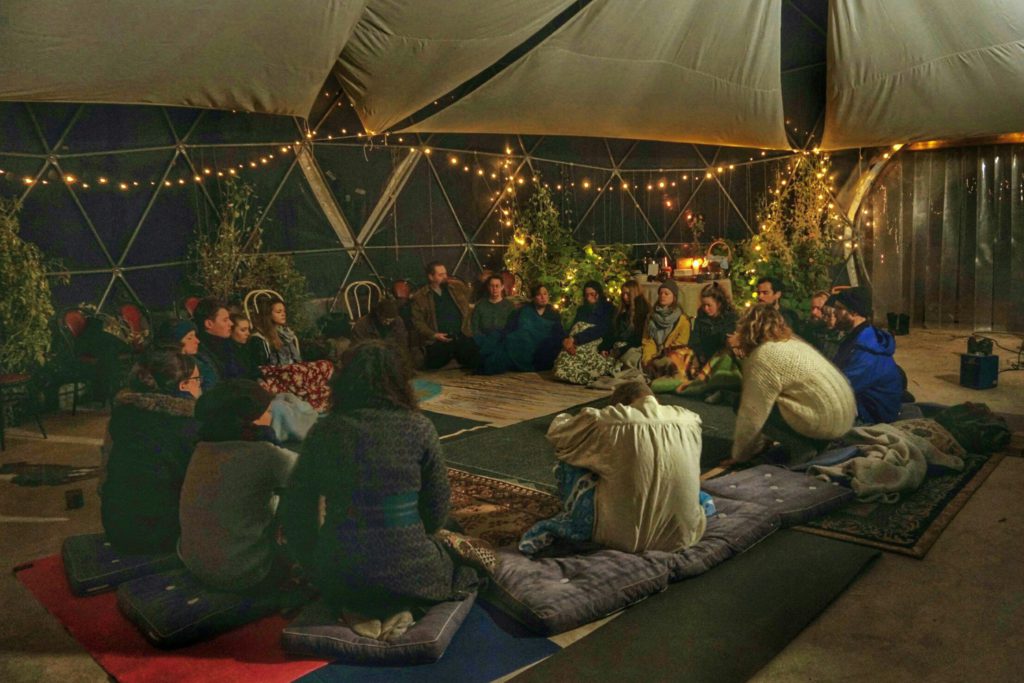

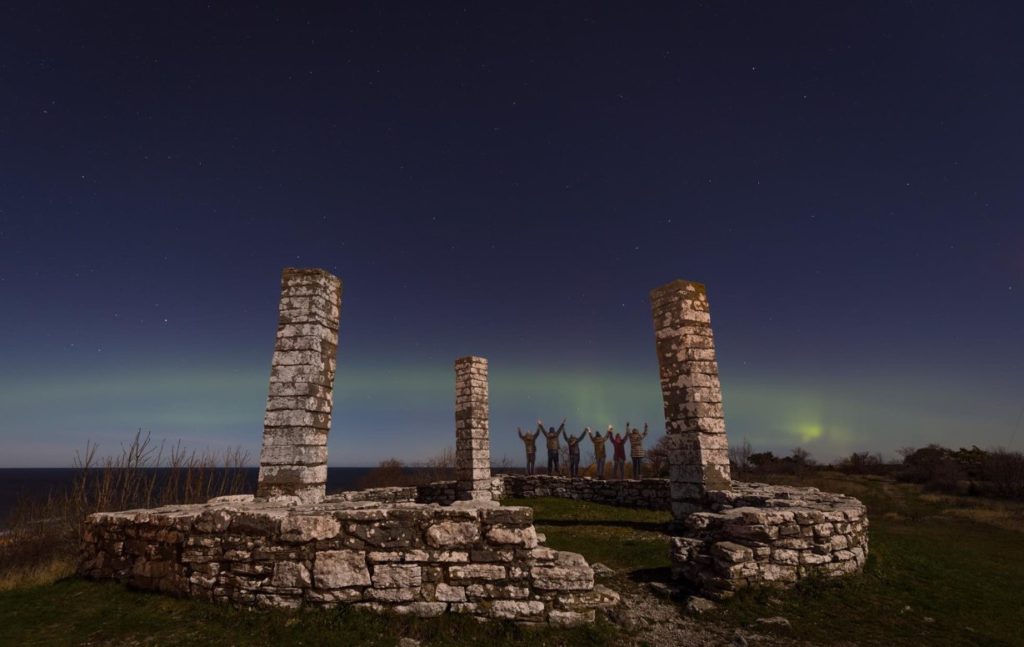
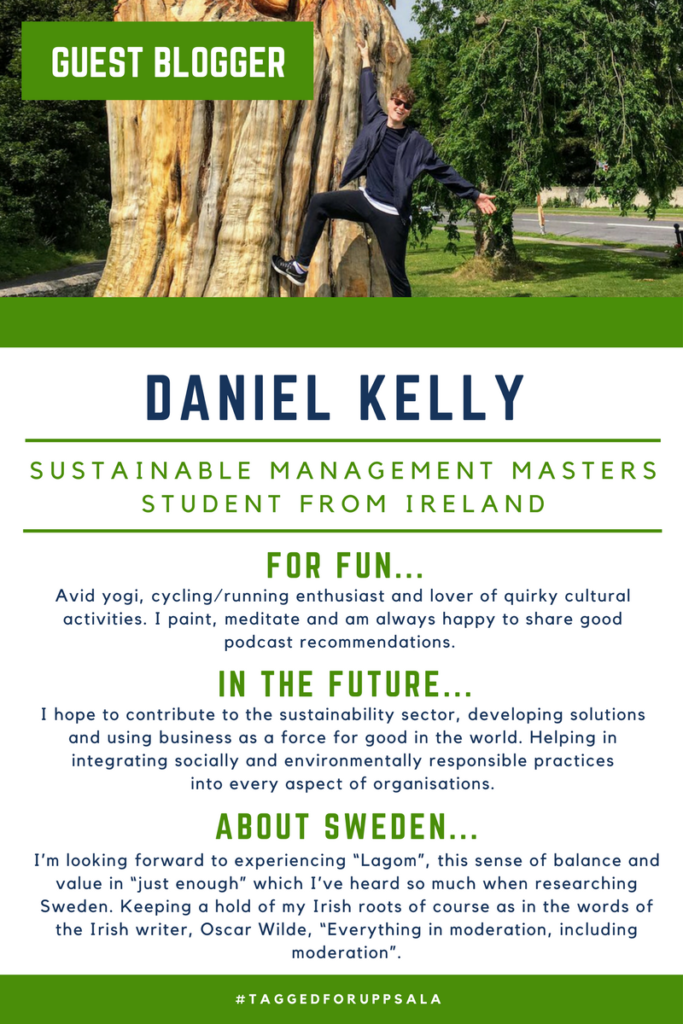
Recent Comments